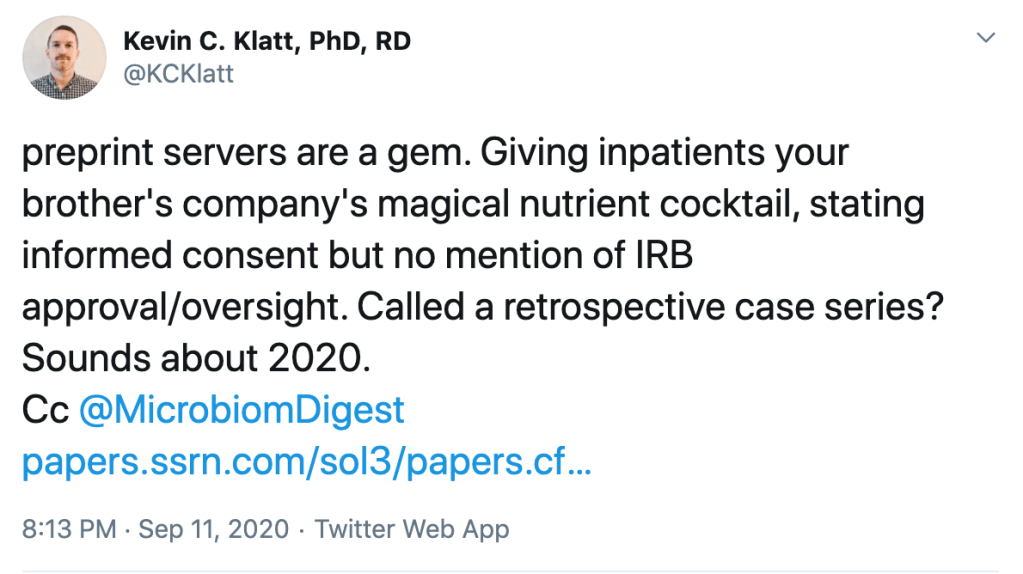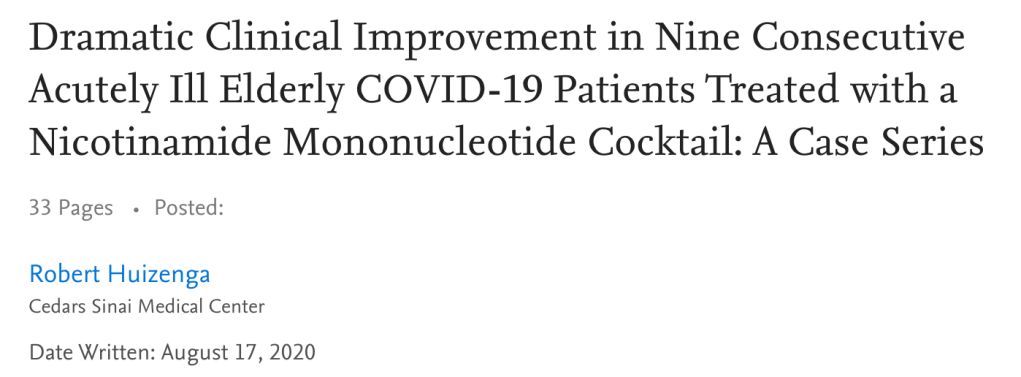The European Review for Medical and Pharmacological Sciences continues to be a safe space for paper mills and very low-quality articles. Its special December issue (Supplement 6) is filled with 16 papers, all written by the same author, who appears to be using the journal as one big advertisement for his MAGI supplement-selling business. No conflicts of interest to declare!
Continue reading “A MAGIcal Special ERMPS Issue”Category: Industry publications of concern
Cassava Sciences: Of Posters and Spaghetti Plots
In a previous blog post, I took a look at Western blots in papers from the lab of Dr. Hoau-Yan Wang at City University of New York (CUNY), mostly related to Cassava Sciences (Nasdaq: $SAVA), its predecessor Pain Therapeutics INC, and its flagship Alzheimer’s Disease drug candidate Simufilam.
While those papers were mainly about the preclinical Simufilam data, here I will review a conference poster reporting on Phase 2 data obtained by Cassava Sciences.
Continue reading “Cassava Sciences: Of Posters and Spaghetti Plots”Cassava Sciences: Of stocks and blots
A group of anonymous persons filed a Statement of Concern with the FDA regarding the integrity of research papers about Simufilam, an Alzheimer’s Disease treatment drug candidate developed by Cassava Sciences (Nasdaq: $SAVA). The petition raises concerns about Western blots and methodology. I took a look at the problematic photos included in the report, and agree with most of those concerns. I also found some additional problems.
Continue reading “Cassava Sciences: Of stocks and blots”Conflict of Skinterest
In my post on August 4 2020 I wrote about the mysterious Journal of Biological Regulators and Homeostatic Agents (JBRHA) that published the bizarre paper on 5G and Coronavirus (now withdrawn). Most papers in this journal are not accessible and the Editorial Board consists mostly of deceased people.
Browsing further back into the journal’s archive I found an interesting supplemental issue from 2016 that consists of 20 papers on psoriasis – all written by the same group of prolific authors.
The papers are not without problems. Lack of IRB approval, lack of patient consent to have their photos published, unclear patient recruitment and trial locations, inclusion of children in experimental drug testing, and to top it off, incorrect statements about conflict of interest. All papers heavily promote the same product line of herbal ointments and gels – and the founder of the company is one of the authors!
This is a huge conflict of interest.

Hollywood doctor treats COVID-19 patients with his brother’s miracle cocktail
A COVID-19 related preprint – that quickly disappeared and reappeared after being discussed on social media – was brought to my attention by Dr. Kevin C Klatt via Twitter.

This preprint, authored by Robert Huizenga, is called Dramatic clinical improvement in nine consecutive acutely ill elderly COVID-19 patients treated with a nicotinamide mononucleotide cocktail: A retrospective case series.
In the study, Dr. Huizenga describes nine COVID-19 patients whom he treated with a mixture containing nicotinamide mononucleotide (NMN).
Unfortunately, Robert Huizenga failed to disclose that this mixture is sold by a company founded by his brother, Joel Huizenga. He also treated these patients without the approval of an institutional review board (IRB).

Human Photosynthesis
Unfortunately, several angry Twitter users pointed out it was insensitive of me and irrelevant to mention the country where the Human Photosynthesis Study Center scientists are located. I am confused about this, but I do not want to be insensitive. It appears it is OK to mention most countries but not certain others. I will just try to continue to be an equal-opportunity science integrity detective.
Yesterday, Twitter user @Arroboso pointed out research on “Human Photosynthesis” through this tweet.

Of course I was curious. Last time I checked, humans are not capable of photosynthesis. Instead, I learned that humans are heterotrophs, organisms that rely on eating other organism to get their energy from.
Continue reading “Human Photosynthesis”It’s written in the scars
A post illustrating how some companies choose to publish in low-impact journals that do not appear to apply rigorous peer review. The general audience cannot easily distinguish properly peer-reviewed papers from those that are accepted without much scrutiny. A paper that appears in one of these “easy” journals will not be seen by a large scientific audience, but can be used by a company to show that their product has been “peer reviewed”. This blog post is not intended to be an allegation of misconduct.
Continue reading “It’s written in the scars”